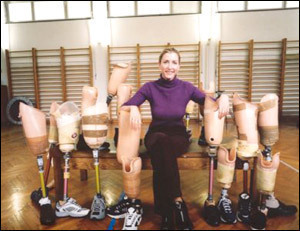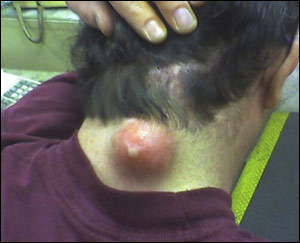Artificial Limb Dimensions
An artificial limb can tremendously change a person’s life.  Where the lack of a limb used to be an obstacle in performing daily tasks and living a normal life, an artificial limb gives back the quality of life once enjoyed by individuals who have lost a limb due to accidents or diseases.
Where the lack of a limb used to be an obstacle in performing daily tasks and living a normal life, an artificial limb gives back the quality of life once enjoyed by individuals who have lost a limb due to accidents or diseases.
Artificial Limb Dimensions depend on the person’s actual limb measurements, how much a part of the limb has been damaged and need to be replaced by prosthetics and the person’s age.
A child’s artificial limb will naturally have different dimensions as compared to an adult’s artificial arm or leg.
Lower Extremities Prosthetics
Prosthetics for these body parts start from the hip and goes all the way down to the legs and feet. As mentioned, dimensions for artificial limbs vary depending on the person’s specific needs including their measurements.
An artificial foot for an adult could measure approximately between twenty-two centimeters and twenty-eight centimeters. Artificial knee joints with a single axle on the other hand could weigh anywhere between three hundred and seventy-eight grams and five hundred and thirty-eight grams, depending on the material used, among other things.
The prosthetics need to be adjusted by your physician every once in awhile to ensure that they still fit perfectly. The stumps may decrease in size once they have completely healed and this requires adjustments of the prosthetics to ensure that they are still the right fit and can be worn comfortably.
Life-Like Prosthetics
Today’s technology has enabled makers of artificial limbs to create prosthetics that look almost like the real thing, making it less noticeable as a prosthetic.
This technology is called cosmesis where the prosthetics are created in a way that will make them appear as life-like as possible, complete with veins and freckles; nails and other features that make them look like the real thing.
The prosthetics are also given the exact color as the person’s actual skin color so the artificial limb will not stand-out.
These give the user more confidence when wearing their artificial limbs and enable them to perform their usual tasks like any other person.
There are different materials used for artificial limbs, for cosmesis, the usual materials are PVC and silicone; while the usual artificial limbs are typically made from stainless steel or titanium. Whatever the material, the prosthetics should be good for a couple of years, three at the very least.
Patients are encouraged to discuss all options prior to getting measured for the prosthetics. Depending on the artificial limb, its size and material; the costs will likewise vary.





